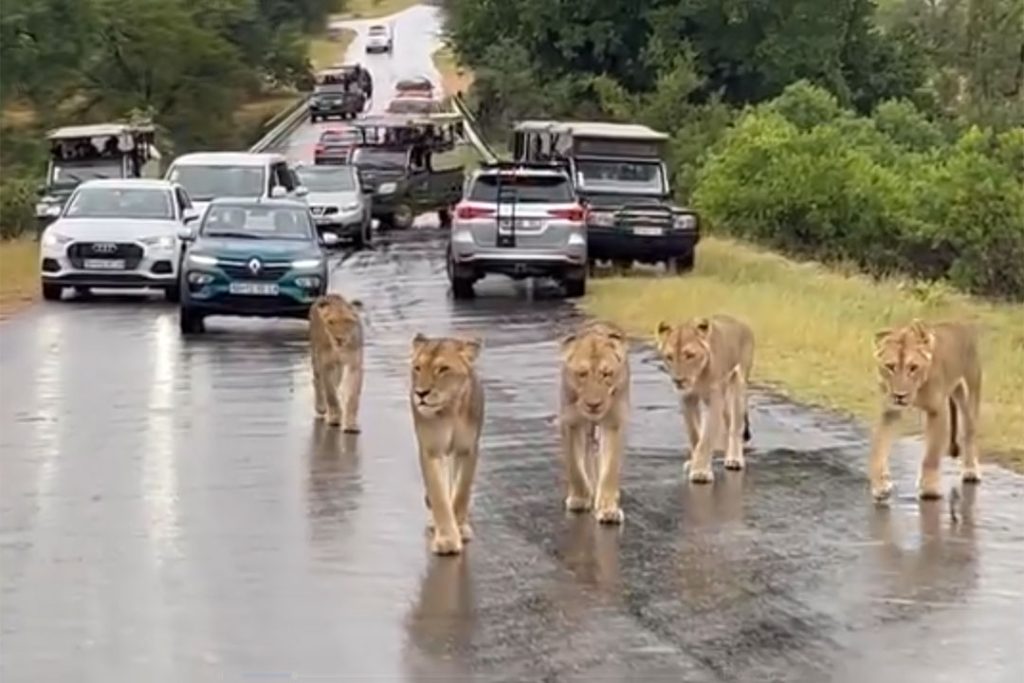National Parks
Kruger National Park: A Delicate Balance

The Kruger National Park, renowned for its abundant wildlife and vast landscapes, is a cornerstone of South African tourism. Its economic impact is undeniable, generating billions of rands annually and supporting thousands of jobs. However, the surge in visitor numbers has raised concerns about the park’s capacity to sustain both human and ecological well-being.
The Kruger National Park attracted 1.8 million tourists in the 2016/2017 period, which is the highest number of tourists to any wildlife-based, savanna national park in Africa. Since the Covid-19 pandemic visitor numbers have rebounded and now stand at just under 2 million visitors annually. With tourism numbers predicted to increase at between 6% to 7% per year, ecotourism is at risk of being replaced by overtourism – a term used to describe a place of interest that is visited by too many tourists, which impacts negatively on local communities, the environment, and conservation efforts.
“Overtourism isn’t a major problem for animals at the park; at least not yet”, says Gavin van Staden, Founder and Director of Africa inbound ecotourism operator Naturecrazi. “Tourists are restricted to certain roads, which cover only a small part of the two million hectare surface area of the Kruger National Park, so there are massive natural areas with no roads where wildlife are relatively undisturbed by people. However, during my time as a FGASA registered field guide in the park, I witnessed major vehicle congestion at sightings along the roads that are used.”
Juggling Tourism and Conservation
According to a research paper in the Journal of Sustainable Tourism in 2020, the Greater Kruger National Park, which includes private reserves bordering the park, contributes R6.6bn ($370m) a year to the national economy when accounting for supply chain multipliers and induced spending.
Administered by South African National Parks (SANParks), the park was found to be directly responsible for an estimated 10,388 jobs, accruing R1.17bn ($64m) in wages and salaries. The majority (over 60%) of employment, tax, and GDP contributions came from visitor spending in private game reserves.
While the introduction of private operators has boosted SANParks revenue and reduced reliance on government funding, it has also drawn criticism for potentially diverting focus from conservation and community development.
Historical land dispossession adds another layer of complexity. The park’s establishment displaced indigenous communities, creating a legacy of inequality. Efforts to redress these wrongs through land claims and community involvement are underway, but progress is slow.
Critics argue that prioritizing tourism over conservation could have detrimental consequences. Increased visitor numbers can disrupt wildlife behavior and damage the delicate ecosystem. Moreover, relying solely on tourism to uplift local communities is unsustainable.
The future of the Kruger National Park hinges on a delicate balance. SANParks must protect South Africa’s natural heritage while also providing economic opportunities for local communities and addressing historical injustices. Striking this balance will require careful planning, effective management, and a commitment to sustainable tourism.
Credits: Luke Kilian, African Business. Image: Wildest Kruger Sightings – ‘Incredible Kruger National Park Lion Roadblock This Morning’ (February 1, 2023) video screenshot.

